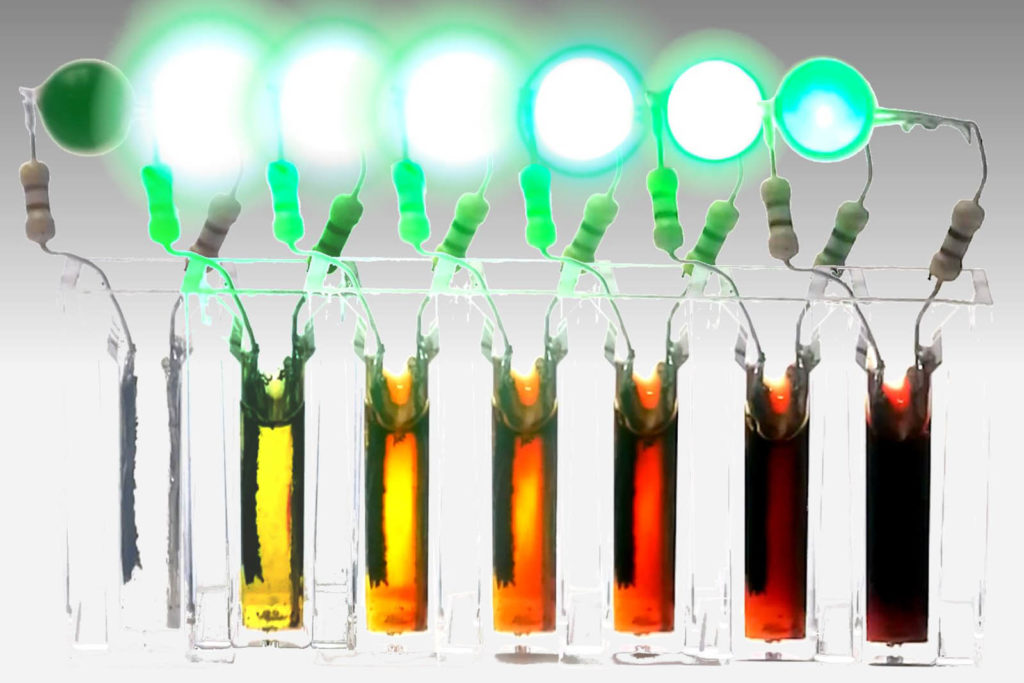
For the last few decades, battery research has largely focused on rechargeable lithium-ion batteries, which are used in everything from electric cars to portable electronics. They’ve improved dramatically in terms of affordability and capacity, but nonrechargeable batteries have seen little improvement during that time, despite their crucial role in uses such as implantable medical devices like pacemakers.
Now, researchers at MIT have come up with a way to improve the energy density of these nonrechargeable, or “primary,” batteries. They say it could enable up to a 50 percent increase in useful lifetime, or a corresponding decrease in size and weight for a given amount of power or energy capacity, and improve safety, with little or no increase in cost.
The new findings have been reported in the journal Proceedings of the National Academy of Sciences in a paper by MIT Kavanaugh Postdoctoral Fellow Haining Gao, graduate student Alejandro Sevilla, associate professor of mechanical engineering Betar Gallant, and four others at MIT and Caltech.
Replacing the battery in a pacemaker or other medical implant requires a surgical procedure, so any increase in the longevity of their batteries impacts the patient’s quality of life, Gallant says. Primary batteries are used for such essential applications because they can provide about three times as much energy for a given size and weight as rechargeable batteries. Gao says this makes primary batteries “critical for applications where charging is not possible or is impractical.” The new materials work at human body temperature, so they would be suitable for medical implants.
Other applications could include sensors in tracking devices for shipments, for example to ensure that temperature and humidity requirements for food or drug shipments are properly maintained throughout the shipping process. They may also be used in remotely operated aerial or underwater vehicles that need to remain ready for deployment over long periods.
The team also included Gustavo Hobold, Aaron Melemed, and Rui Guo at MIT and Simon Jones at Caltech. The work was supported by MIT Lincoln Laboratory and the Army Research Office.
 TEXTILES.ORG
TEXTILES.ORG


